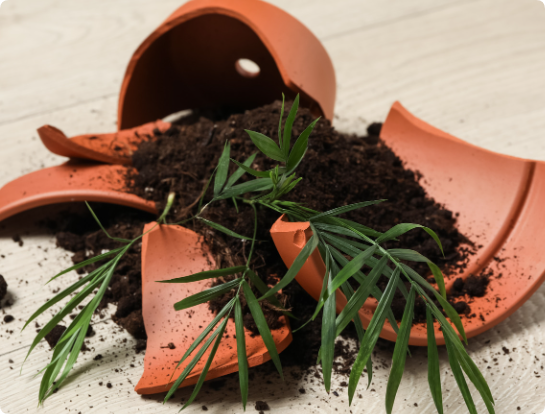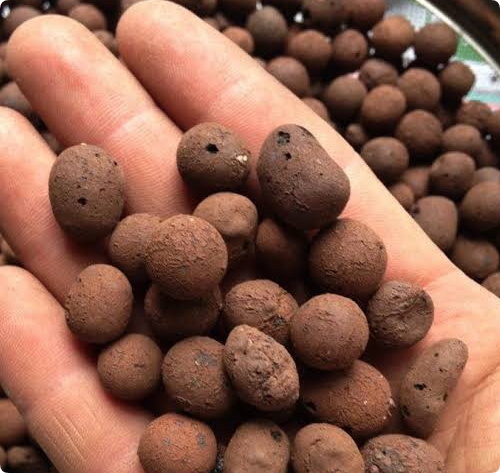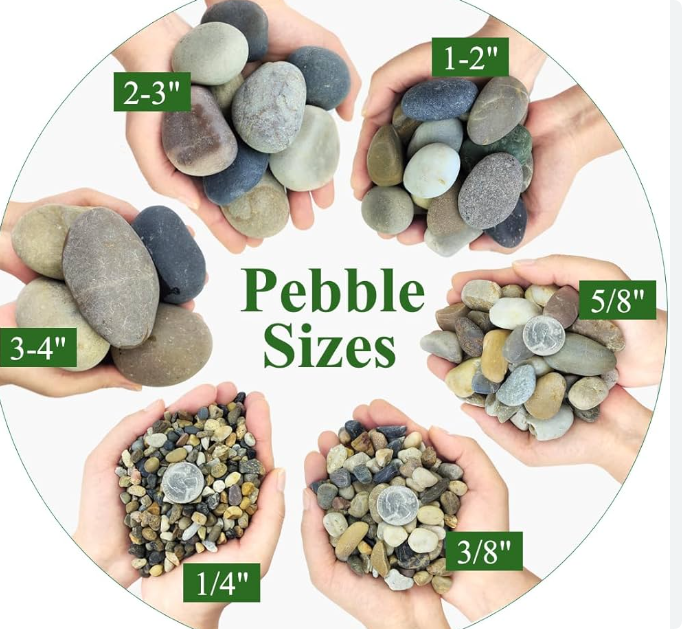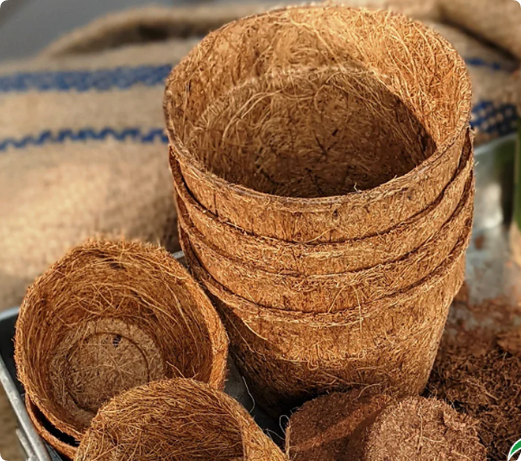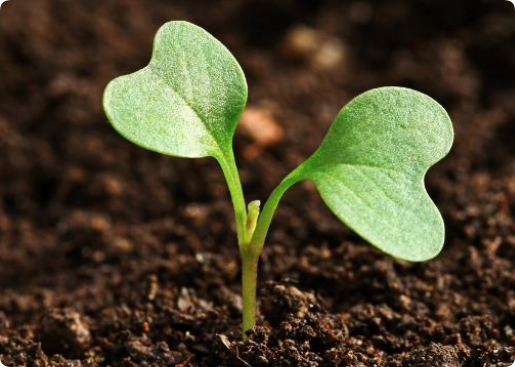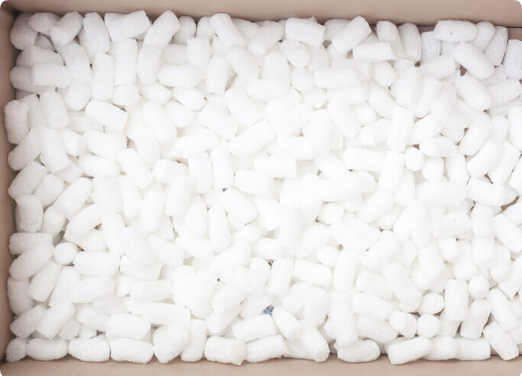Outline:
- Introduction: The Challenge of Planters Without Drainage Holes
- Why planters without drainage holes are common in commercial settings
- Challenges associated with planters lacking drainage
- The Appeal of Planters Without Drainage Holes in Commercial Settings
- Advantages for commercial applications
- Aesthetic and functional benefits for businesses
- Why Selecting the Right Material is Crucial
- Preventing water stagnation
- Promoting aeration and reducing soil compaction
- Common Materials to Use at the Bottom of a Planter Without Drainage Holes
- LECA balls
- Pebbles or river rocks
- Broken ceramic or terracotta pieces
- Styrofoam
- Coconut coir
- Market Trends and Future Developments
- Increasing demand for indoor plants and planters without drainage holes
- Sustainability trends in the planter industry
- Case Study: Successful Bulk Orders for Commercial Projects
- Real-world example of a successful commercial project using planters without drainage holes
- Procurement Advice: Practical Tips for B2B Buyers
- Tips on evaluating the environment, maintenance costs, and transportation
- Conclusion: Custom Solutions for Every Project
- Summary of benefits
- How Hale Planter can help B2B customers with custom solutions
The Challenge of Planters Without Drainage Holes
Planters without drainage holes present a unique challenge for anyone looking to cultivate healthy plants, especially for large-scale commercial applications. When water accumulates at the bottom of a planter, it can lead to root rot, suffocate the plant, and create an unhealthy environment. For businesses purchasing planters in bulk—whether for retail sale, corporate offices, hotels, or malls—it’s crucial to find a solution that maintains plant health while keeping costs and maintenance low. This guide will help B2B buyers understand the best materials to put in the bottom of planters without drainage holes, ensuring optimal results for their clients.
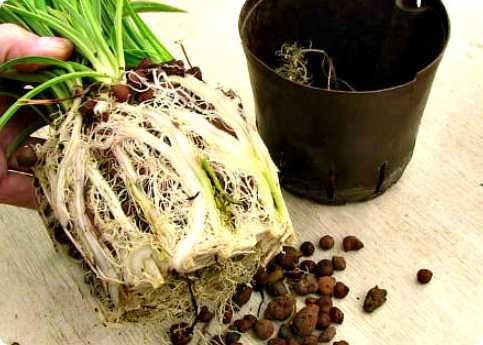
The Appeal of Planters Without Drainage Holes in Commercial Settings
Although planters without drainage holes can be challenging, they are a preferred option in many commercial settings due to their ability to prevent water leakage, which could damage floors or furniture. In offices, hotels, and large indoor venues, this kind of planter reduces the need for constant attention, as excess water won’t spill out, keeping environments clean and low-maintenance.
For B2B buyers, investing in planters without drainage holes offers a balance between aesthetics, functionality, and convenience. The question then becomes how to manage excess water inside the planter and what materials to use at the bottom.
Why Selecting the Right Material is Crucial
Choosing the right material to place at the bottom of a planter is crucial to ensuring the longevity and health of plants. This layer serves several purposes:
- Preventing Water Stagnation: When there’s no drainage hole, water must be kept away from the plant’s roots to avoid root rot.
- Promoting Aeration: Some materials create pockets of air, allowing oxygen to circulate to the roots, which is essential for plant health.
- Reducing Soil Compaction: Proper layering prevents soil from becoming too dense, which can inhibit water movement and root growth.
B2B buyers must prioritize materials that are cost-effective, widely available, and easy to manage when selecting products for commercial use. Below are the most popular options.
Common Materials to Use at the Bottom of a Planter Without Drainage Holes
1. Light Expanded Clay Aggregate (LECA Balls)
LECA balls, also known as clay pebbles, are one of the most commonly recommended materials for filling the bottom of planters. These small, lightweight balls are made from fired clay and are highly porous. They promote excellent drainage, allow for airflow, and prevent water from reaching the plant’s roots, ensuring healthy growth.
Advantages for B2B Buyers:
- Cost-Effective: LECA balls are relatively inexpensive, especially when purchased in bulk for large-scale projects.
- Reusable: They can be cleaned and reused for different plants or planters, reducing long-term costs for businesses.
- Lightweight: This makes them ideal for environments where weight is a concern, such as rooftop gardens or hanging planters in indoor malls.
2. Pebbles or River Rocks
Pebbles or small river rocks are another popular material for the bottom of planters. These stones act as a barrier between the soil and water, preventing waterlogging and encouraging better air circulation. Their aesthetic appeal also makes them a popular choice for indoor planters.
Advantages for B2B Buyers:
- Aesthetic Appeal: River rocks come in various sizes and colors, making them ideal for upscale commercial projects like hotel lobbies or shopping malls.
- Durability: Unlike other materials, rocks won’t degrade over time and can be used repeatedly.
- Widely Available: Easy to source in large quantities, pebbles are perfect for businesses needing bulk orders.
3. Broken Ceramic or Terracotta Pieces
Recycling broken ceramic or terracotta pots is an eco-friendly and cost-effective way to create drainage in planters. Placing shards at the bottom of planters can help excess water drain away from the plant’s roots.
Advantages for B2B Buyers:
- Sustainability: Using recycled materials can align with eco-friendly corporate policies.
- Availability: These materials can be sourced at little to no cost, especially from businesses that already handle pottery or ceramics.
- Cost Savings: Lower upfront costs can make this an attractive option for budget-conscious projects.
4. Styrofoam
Styrofoam might not be the most eco-friendly option, but it’s incredibly lightweight and can be a practical choice when large planters need to be moved frequently. Styrofoam blocks or peanuts create a drainage layer that prevents soil compaction and water stagnation.
Advantages for B2B Buyers:
- Lightweight: Perfect for projects requiring mobility, such as rearranging office or mall plant displays.
- Inexpensive: Styrofoam is widely available and cheap, reducing overall project costs.
- Customizable: It can be cut into any shape, making it easy to fit into various planter sizes.
5. Coconut Coir
Coconut coir, a natural by-product of coconut husks, is a sustainable and lightweight material that has become increasingly popular in commercial landscaping projects. It absorbs water and slowly releases it back into the soil, preventing overwatering in planters without drainage holes.
Advantages for B2B Buyers:
- Eco-Friendly: Coconut coir is a renewable resource and aligns with green business practices.
- Lightweight: Its light nature makes it a good option for hanging or movable planters.
- Moisture Retention: Coir retains moisture while still allowing for air circulation, reducing the need for frequent watering.
Market Trends and Future Developments
With the growing popularity of indoor plants in commercial environments such as offices, hotels, and retail spaces, the demand for planters without drainage holes is increasing. As businesses look for cleaner and more maintenance-free solutions, planters without drainage holes are often the preferred choice. However, there is also a rising demand for more sustainable and eco-friendly products in the planter industry.
This is where innovative materials for the bottom of planters can make a significant difference. Eco-friendly options like coconut coir and recycled ceramics will likely grow in popularity as sustainability becomes a core focus for many businesses.
For B2B buyers, understanding these trends can help them make informed decisions about their bulk planter purchases and position themselves as forward-thinking and environmentally responsible.
Case Study: Successful Bulk Orders for Commercial Projects
A major hotel chain recently revamped its interior décor across all locations, focusing on bringing nature indoors. They chose planters without drainage holes to prevent water damage to expensive flooring and furniture. By filling the bottom of each planter with LECA balls, they were able to ensure proper drainage and root aeration while maintaining a sleek, modern aesthetic. This reduced the frequency of plant replacements and minimized maintenance costs.
For B2B buyers, this kind of success story underscores the importance of choosing the right materials for their specific project needs, whether it be hotel décor, office spaces, or large-scale indoor landscaping projects.
Procurement Advice: Practical Tips for B2B Buyers
When purchasing planters without drainage holes, B2B buyers should consider the following tips to ensure optimal performance and cost efficiency:
- Evaluate the Environment: Choose materials that suit the specific environment, such as lightweight options for movable displays or eco-friendly materials for sustainable projects.
- Consider Maintenance Costs: Materials that promote better plant health will reduce the need for frequent replacements and lower long-term costs.
- Factor in Transportation: Materials like Styrofoam and LECA balls are lightweight and easy to transport, making them ideal for projects where shipping costs are a concern.
Conclusion: Custom Solutions for Every Project
Choosing the right material for the bottom of a planter without drainage holes is crucial for maintaining plant health and minimizing maintenance in commercial projects. Whether using LECA balls, pebbles, broken ceramics, or coconut coir, the right choice can greatly impact the success of your project. For B2B buyers, selecting durable, cost-effective, and environmentally friendly options will not only enhance the value of their purchase but also contribute to the longevity and success of their client’s plants.
At Hale Planter, we offer a range of custom solutions to meet the diverse needs of our B2B customers. From lightweight planters to eco-friendly materials, we help businesses create beautiful, functional, and low-maintenance spaces. Contact us today to explore how we can support your next project with high-quality planters and professional guidance.

